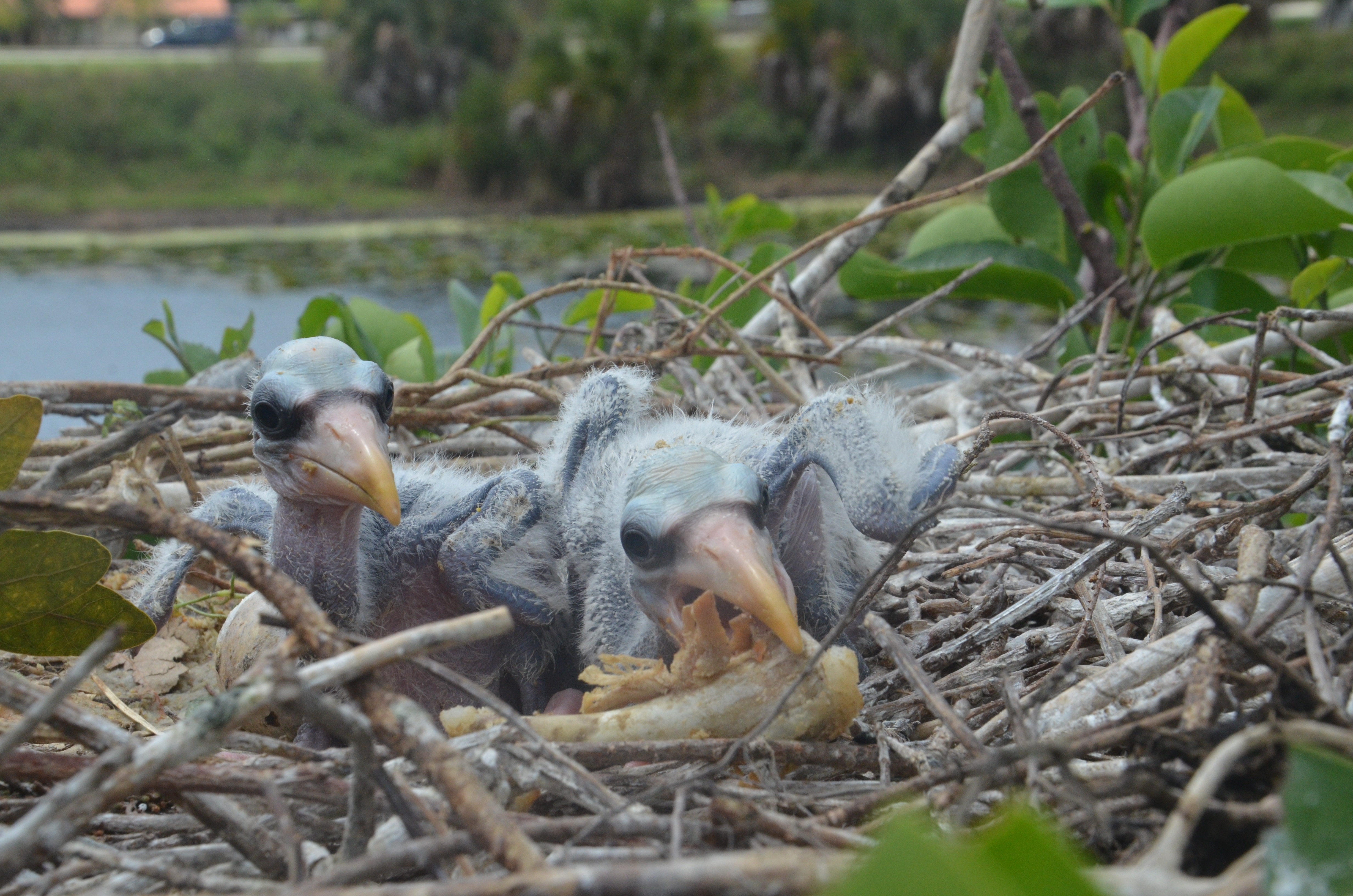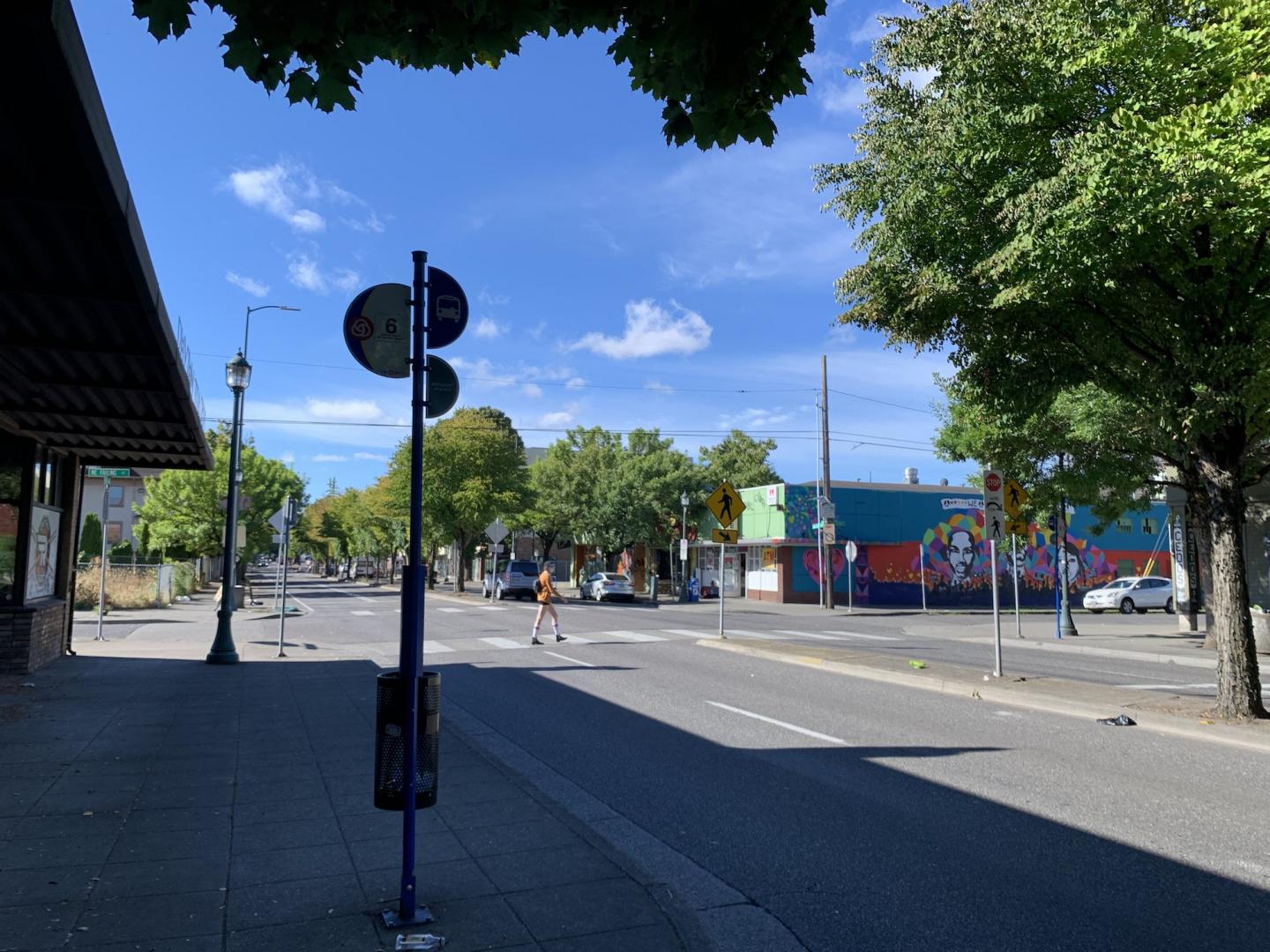People with dementia are more likely to go missing in areas where road networks are dense, complicated and disordered – according to new research from the University of East Anglia.
Tag: URBANIZATION
The Lancet Healthy Longevity: Residential context important factor in risk of COVID-19 mortality among older adults, Stockholm study suggests
New study of older adults (aged 70 or over) in Stockholm, Sweden, suggests older people living in care homes had higher COVID-19 mortality risk than those living in single houses or apartment buildings.
Advanced facade material for urban heat island mitigation
Using analytical models to evaluate the reflection directional performance of the retro-reflective materials applied to building facades
Why people with dementia go missing
People with dementia are more likely to go missing in areas where road networks are dense, complicated and disordered – according to new research from the University of East Anglia. Researchers studied hundreds of ‘missing person’ police reports for people…
Streetlights contribute less to nighttime light emissions in cities than expected
The combination of smart city lighting and satellite imagery allows measurements of the contribution of street lights to urban lighting for the first time, and gives new hints for how to fight light pollution
The chemistry behind self-driving cars
Self-driving, electric cars have been touted as the next big thing in transportation. While this technology has progressed in recent years, experts caution that automakers will need the chemical industry to help make it a reality. A new article in…
C4NGP leads new global alliance to develop universal PortML and standards for Sm
Common standards will accelerate digitalization and unify operations of global maritime and port industries
Comparing the promise and reality of e-scooters
A critical assessment of equity improvements and mode-shift
Community noise may affect dementia risk
Results from a new study published in Alzheimer’s & Dementia support emerging evidence suggesting that noise may influence individuals’ risk of developing dementia later in life. Researchers studied 5,227 participants of the Chicago Health and Aging Project who were aged…
Princeton and Mpala scholars link obesity and disease to dramatic dietary changes
A new study supporting the “mismatch” hypothesis found that obesity, diabetes, and cardiovascular illnesses increased among Turkana people whose diet changed from animal-based to carbohydrate-based.
Food waste: cities can make the difference
Food waste is one of the most important issues of current food systems: Food and Agriculture Organization (FAO) has estimated that more than one third of food is either lost or wasted along the entire food supply chain causing significant…
Light pollution alters predator-prey interactions between cougars and mule deer in western US
A new study provides strong evidence that exposure to light pollution alters predator-prey dynamics between mule deer and cougars across the intermountain West, a rapidly growing region where nighttime skyglow is an increasing environmental disturbance. The University of Michigan-led study…
Unprecedented energy use since 1950 has transformed humanity’s geologic footprint
A new study coordinated by CU Boulder makes clear the extraordinary speed and scale of increases in energy use, economic productivity and global population that have pushed the Earth towards a new geological epoch, known as the Anthropocene. Distinct physical,…
Climate change undermines the safety of buildings and infrastructure in Europe
Buildings and infrastructure also need to adapt to the changing climate. Updating structural design standards is crucial to improving European climate resilience and ensuring the safety of constructions, that are expected to suffer from changes in atmospheric variables and more…
The Beyond 2020 conference will guide to sustainable built environment
The world’s building sector has ten years to achieve the goals in the UN’s Agenda 2030; the goals of Beyond 2020 are a common roadmap to make it possible; Beyond 2020 has the status of a World Sustainable Built Environment Conference (WSBE)
Experiencing police violence worsens mental health in distinct ways
Unique effects of police violence create a public health crisis for communities most affected
Trees and lawns beat the heat
Mixed landscapes are the best way to adapt to climate change and mitigate the heat island effect in semi-arid regions
The unending waste management challenge – are we at our wits’ end?
Waste management would need a radical change. It could be achieved through the application of knowledge management tools and approaches in the waste management.
World’s largest experiment shows shack fires move with devastating speed
Twenty shacks destroyed in five minutes
New open-access book “Inclusive Urbanism” addresses the key issues of urban development
More than half of the world’s population is agglomerated in cities. According to a UN projection, approx. two thirds of the global population will be city dwellers by 2050. As urbanisation progresses, social aspects in urban development become ever more…
Urban air pollution may make COVID-19 more severe for some
As the pandemic persists, COVID-19 has claimed more than 200,000 lives in the United States and damaged the public health system and economy. In a study published on September 21 in the journal The Innovation , researchers at Emory University…
Green pavement markings could make Texas streets safer for cyclists
A University of Texas at Arlington civil engineer is investigating the effectiveness of implementing green pavement markings to denote where bicyclists have dedicated lanes or share the road with motorists. This Texas Department of Transportation (TxDOT)-funded research project will examine…
UTA, city of Arlington piloting transportation program that includes free rides, driverless cars
A team led by Sharareh (Sherri) Kermanshachi of The University of Texas at Arlington, as part of a partnership led by the City of Arlington, has received $606,457 to help launch a new public transportation pilot program in downtown Arlington…
Coastal flooding will disproportionately impact 31 million people globally
Study is first to assess the impact of climate change on the global population of river deltas
Shedding light on how urban grime affects chemical reactions in cities
Many city surfaces are coated with a layer of soot, pollutants, metals, organic compounds and other molecules known as “urban grime.” Chemical reactions that occur in this complex milieu can affect air and water quality. Now, researchers reporting in ACS…
URI researcher: Housing prices decline within mile of solar energy arrays
‘We need to be smarter in siting solar installations’
Research helps people, lunar rovers, get there on time
Aerospace engineering graduate student Pranay Thangeda relies on the bus system in Champaign-Urbana to get to class and other meetings. He wanted to understand why, despite arriving at the bus stop well ahead of the schedule, he was sometimes late.…
Using artificial intelligence to connect vehicles and traffic infrastructure
Collaboration awarded $1.89 million Department of Energy grant to develop adaptive traffic control systems
Cities beat suburbs at inspiring cutting-edge innovations
Study suggests population density affects type of inventions
Vulnerable groups affected by public transit cuts amid pandemic
Study of public transport agencies across North America shows service cuts disproportionately affect lower-income and more vulnerable groups
Bus drivers more likely to let white customers ride for free
A new paper in The Economic Journal finds that bus drivers are more likely to let white riders ride for free and less likely to let Black riders ride without paying the fee. Police officers must issue tickets to drivers…
As rural western towns grow, so do their planning challenges
A new study examines the planning challenges that residents and officials in the rural mountain American West have been watching unfold for years

Hots Dogs, Chicken Wings and City Living Helped Wetland Wood Storks Thrive
Using the Wood Stork, researchers compared city storks with natural wetland storks to gauge their success in urban environments based on their diet and food opportunities. Results provide evidence of how a wetland species persists and even thrives in an urban environment by switching to human foods like chicken wings and hots dogs when natural marshes are in bad shape. These findings indicate that urban areas can buffer a species from the unpredictability of natural food sources.
Living in disadvantaged neighborhoods doubles post-op delirium risk for older adults
Where you live can increase your risk for experiencing delirium after surgery. So said a study that showed older adults who live in the most disadvantaged neighborhoods are two times more likely to experience delirium after surgery than their counterparts…
How to help urban street commerce thrive
Associate Professor Andres Sevtsuk’s new book, “Street Commerce,” delves into the science of stores, streets, and public space
High walk and bike scores associated with greater crash risk
Walkable zones often home to attractive destinations — creating conflicts among road users
Manolis Kogevinas wins John Goldsmith Award
ISGlobal researcher receives the highest honour in the field of Environmental Epidemiology for his vital contributions to public health
Plastics, waste and recycling: It’s not just a packaging problem
Discussions of the growing plastic waste problem often focus on reducing the volume of single-use plastic packaging items such as bags, bottles, tubs and films. But a new University of Michigan study shows that two-thirds of the plastic put into…

The impacts of gentrification on transportation and social support
The historically Black district of Albina in Portland, Oregon, due to racist real estate practices, faced multiple displacement events between 1960 and 1990 with the construction of Interstate 5 through the heart of the neighborhood as well as wholesale destruction of hundreds of homes to make room for the Memorial Coliseum and various other urban renewal projects.
Trust is key to effectiveness in virtual communities, researchers find
With the global COVID-19 pandemic shifting more and more of our work and school online, virtual communities are more important than ever — but how do we know, without bias, that our online groups are actually successful in helping us…
Creating meaningful change in cities takes decades, not years, and starts from the bottom
New mathematical models reveal the links between the structure of cities and the dynamical nature of growth and inequality in human societies
Alternative cooling strategies could mitigate COVID-19 and climate change
New radiant cooling technology keeps people cool outside
Long-term exposure to traffic noise may impact weight gain in the UK population
Transport noise is a major problem in Europe, with over 100 million people living in areas where road traffic noise exceeds levels greater than 55dB, the health-based threshold set by the EU.
Why walking to work may be better for you than a casual stroll
Study finds people walk faster, report being healthier, when they walk with a purpose
Public health consequences of policing homelessness
Two weeks ago, Colorado State Patrol troopers began clearing out nearly 200 residents from homeless encampments that surround the Colorado Capitol. The enforcement of city ordinances like camping bans, park curfews and obstructions of public passageways is lawful. But the…
Fragmented forests: Tree cover, urban sprawl both increased in Southeast Michigan over the past 30 years
The extent of Southeast Michigan’s tree canopy and its urban sprawl both increased between 1985 and 2015, according to a new University of Michigan study that used aerial photos and satellite images to map individual buildings and small patches of…
What will our cities look like after COVID-19?
The past few months have been a highly unusual time as people sheltered in place to prevent the spread of COVID-19. Schools, streets and stadiums fell silent, tourist hot spots became ghost towns, and sidewalk traffic largely consisted of grocery…
Will automated vehicles cut parking revenue?
Not overnight, but cities should plan ahead
Land use changes may increase disease outbreak risks
Global changes in land use are disrupting the balance of wild animal communities in our environment, and species that carry diseases known to infect humans appear to be benefiting, finds a new UCL-led study. The findings, published in Nature ,…
USU launches NSF-funded engineering research center for electrified transportation
LOGAN, UTAH — The National Science Foundation has awarded Utah State University a five-year, $26 million grant, renewable to 10-year, $50.6 million, to develop an international research center dedicated to advancing sustainable, electrified transportation. The center is expected to raise…